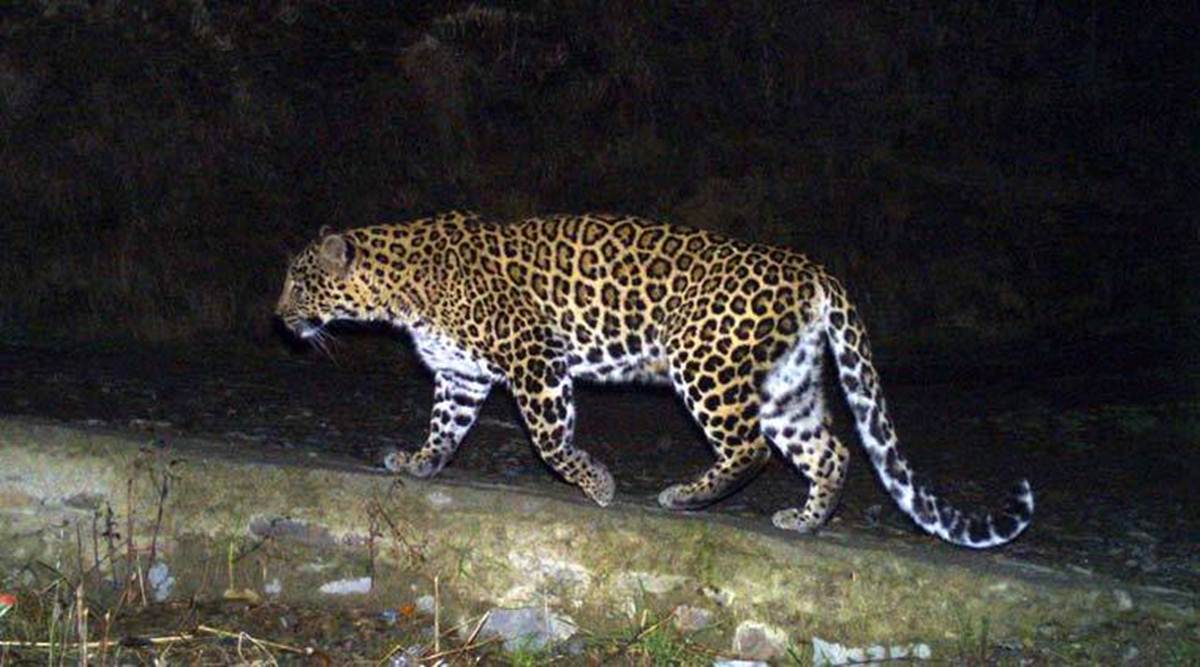
December 22, 2020 3:15:21 am
 Estimates for 2014 put the leopard population at nearly 8,000, which has risen to 12,852.
Estimates for 2014 put the leopard population at nearly 8,000, which has risen to 12,852.
Union Environment Minister Prakash Javadekar announced on Monday that “there has been a 60 percent increase in the leopard population count in India from 2014 estimates.”
Estimates for 2014 put the leopard population at nearly 8,000, which has risen to 12,852.
Releasing the report ‘State of Leopards in India 2018’, the minister said: “There were 8,000 leopards in 2014. The increasing population of tigers, Asian lions and now leopards shows how India is protecting its environment, ecology and biodiversity “.
The highest number of leopards has been estimated in Madhya Pradesh (3,421) followed by Karnataka (1,783) and then in Maharashtra (1,690).
The report finds that, in regional distribution, Central India and the Eastern Ghats have the highest number of leopards with 8,071. In the Western Ghats region, there are 3,387 leopards, while there are 1,253 leopards in the Shivalik and Gangetic Plains. There are 141 leopards in the northeast hills.
The study was carried out by capturing 5,240 leopards on camera, in addition to satellite imagery and field work by teams of forestry officers together with teams from the Wildlife Institute of India and the National Tiger Conservation Authority (NTCA). .
But while the estimated number of leopards has increased, the report warns that the leopard’s habitat area has decreased alarmingly in the last 100-125 years.
While the presence of the leopard is quite ubiquitous throughout the country, the study has been conducted only in forest areas populated by tigers under Project Tiger, and leopard populations in other non-forested agricultural areas such as tea and coffee plantations, and in most parts of the northeast they have not been carried out. The leopard census has been carried out in the Shivalik Hills and Gangetic Plains, Central India and Eastern Ghats, Western Ghats and the floodplains of the Northeast Hills and Brahmaputra.
“In the Indian subcontinent, poaching, loss of habitat, depletion of natural prey and conflict are the main threats to leopard populations,” the report says.
“Historically, India had large numbers of leopards, tens of thousands. The fragmentation of the forests, as well as the quality of the forests that exist, is of concern, as this leads to further conflict between humans and leopards. Leopards are not like tigers, who do not like humans and therefore do not venture out. Leopards are much more adaptable and that is why when habitat loss occurs, they approach human settlements and that is when conflict occurs. Development cannot be stopped, but we must take a closer look at greener technologies and stop the fragmentation of forest land to protect species, ” says report co-author Qamar Qureshi of WII.
.